Besides nature and villages, there are also stunning cities in Provence. We could see three of them: Aix-en-Provence, Arles and Avignon!
Generally, a trip through Provence has something bourgeois about itself. (Don’t know, whether you could use that term in that case.)
Alleys, history and heat
What those cities have in common: Great alleys, a lot of history and a great atmosphere. If you want to see the cities of Provence in august, make sure to do that in the morning or in the late afternoon. Between it’s extremely hot and sightseeing unbearable.
Notice: A lot of people come to Provence and making one of the many Route des Vins– Tours. Instead, we made the trip by car on our own. That’s why we cannot tell anything about these tours.
If you heed to our advice, you will notice, even then it’s too hot to see and do a lot. Make sure to pause in one of the many cafés and limit activities to the most important things. Just a little hint to how to survive that heat.
Aix-en-Provence
For many people, it’s the most beautiful city in Provence. It was founded in 122 B.C. and has a population of 140,000 residents. Just like Frankfurt does with Goethe, Aix shows of with his most famous former resident: Aix is Cézanne‘s city.
Furthermore it’s said to be the city of fountains: There’re supposed to be 101. Fact is, people of Aix love fountains. We can confirm that. And there are cafés and restaurants en masse.
Worth seeing: You start at Place Général-de-Gaulle at the Fontaine de la Rontante and walk along the Cours Mirabeau. Its Aix boulevards and it’s 500 meters long. As you can see on the pictures, markets take place here. They’re all selling the same stuff, but why not.
From here you reach the beautiful Old Town. The alleys look authentic, not enhanced like other tourist-cities. Visitors are from everywhere. This is due to Aix having a popular university.
There are a few very beautiful squares. Everything is so small; you have the feeling of having seen it all very quickly. The Hôtel de Ville was also very beautiful. Next to it, there is Tour d’Horloge (clock tower). As there is huge competition, all restaurants offer affordable lunch deals.
Arles
For us, the most authentic city. With a population of 53,000, Arles is the smallest of the Provence cities. But with a 760km² of land, the area is the biggest municipality in France.
Around 400 AD, it was one of the most important cities of the Western Roman Empire with a 50,000 population back then. Quite huge for that time, especially as it has the same population today.
You should definitely see the amphitheatre ‘Les arènes’, built in the 1st century AD and offering seats to 20,000 people. Just like in Spain, today it’s used for bullfights. This is also a controversy in France.
Then there is the Théâtre d’Antiques, 1st century B.C., the Jardin d’Été and the alleys of Arles.
The Abbaye de Saint Trophime built in the 12th century: The courtyard’s supposed to be very beautiful. But we forgot it. Must have been the heat!
The church is located at the Place de la République, also the city hall and the Obelisk. The latter was brought by Caesar from Egypt.
You can see Arles ‘very quickly’. The city is small, but beautiful!
Avignon
Everyone who used to learn French at school knows this city from the song ‘Sur le Pont d’Avignon’.
For those interested: The song doesn’t know it better – people didn’t dance on the bridge, they used to dance under the bridge, next to the tavernas. How does it work, this Pont d’Avignon- Dance? A group of people are jumping in a circle while holding hands. And everyone is smarter now. Good!
Who wants to have a fantastic view at the Old Town? And everybody says ‘Yeah’. The answer: From the other side of the Rhône. It looks powerful and you get the best light for pictures in the late afternoon.
Avignon has 95,000 residents. In the 14th century it was the seat of Western Christianity. Popes fled from Rome, which is why it’s also called ‘City of Popes’. Seven Popes ruled from here. Due to this fact the Palais des Papes is pompous.
Furthermore: Pont Saint-Bénézet, which is also known as Pont d’Avignon. Once it was 900 meters long. Only four of the 22 bridge arches survived. At least, four after so many wars.
It was built in the 12th century; you can reach it over the Tour du Châlet (14./15th century). Entrance fee: 7,50€.
You should also see the Rocher des Doms. The ascent is steep and in general quite exhausting, which is why we rather didn’t go up in the heat of august.
The centre of the city is Place d’Horloge. To be precise, the clock tower is located an alley next to the square and optically unspectacular.
You’ll find a lot of restaurants here, offering good deals. You shouldn’t take the first that comes along. Prices are similar, the options not.
Next to the Place d’Horloge, you can find some other cute spots and Lavender-Macarons – I was in heaven.
Interesting: A lot of Asians and Germans were here. All of them were shopping at the La Maison de Savon de Marseille. Me, too! The stuff is just too cute to ignore it.
Advice for those, who come by car: Pay for the overpriced parking garage under the Palais des Pape (2€ per hour). First: You’re very central and near all the historic sites very quickly. Secondly: The moment you step out the parking garage, you’ll be overwhelmed by the view of Palais des Papes, as this way leads directly to the square in front of it. We can totally recommend it.

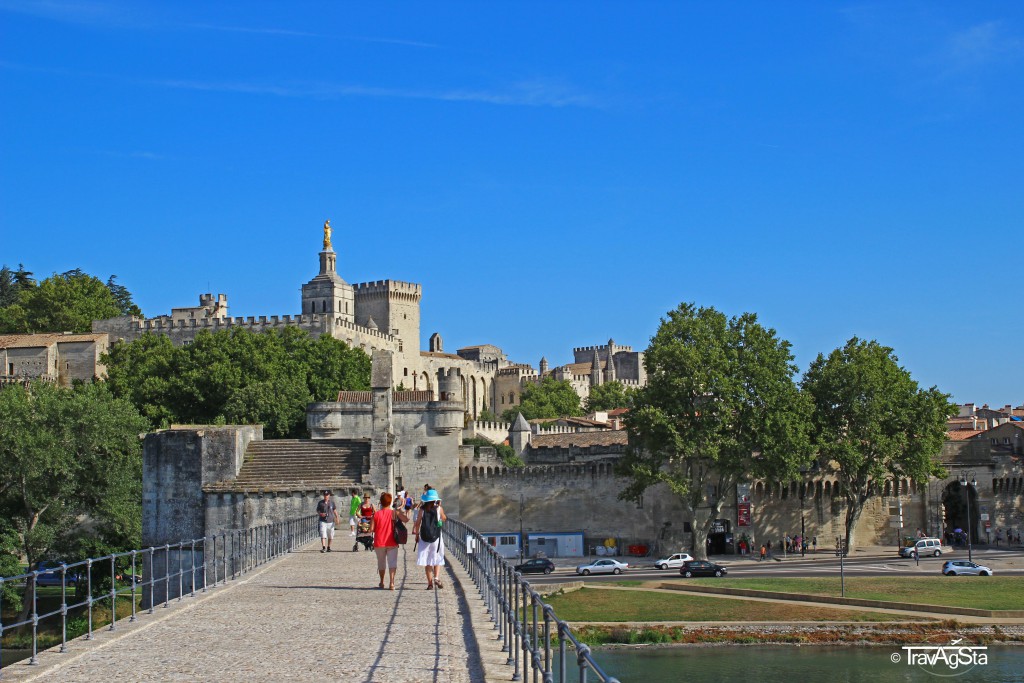
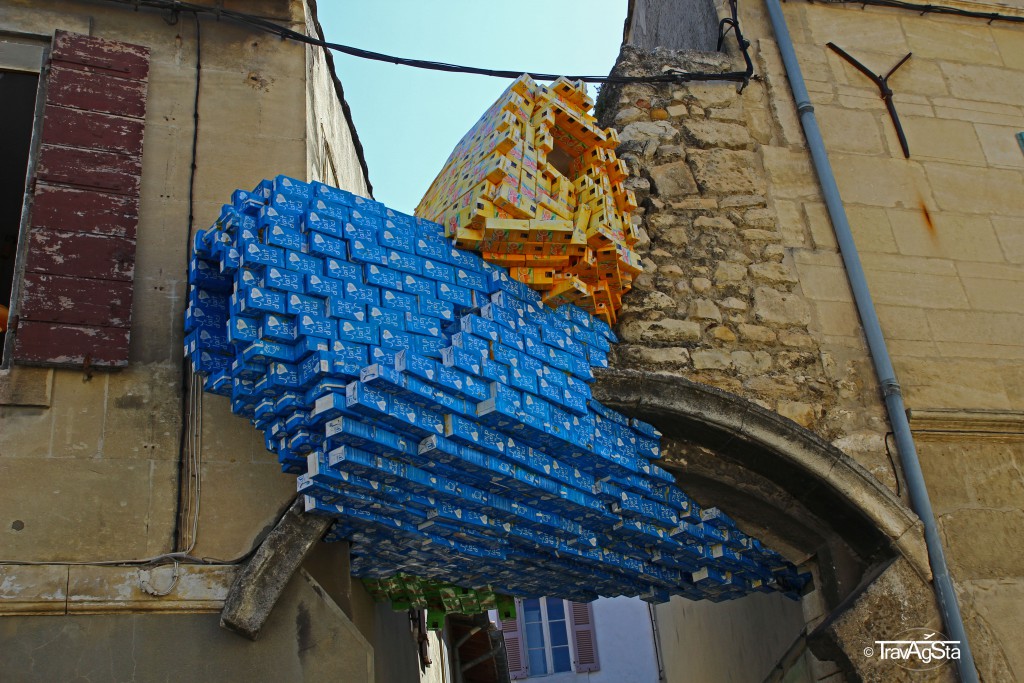
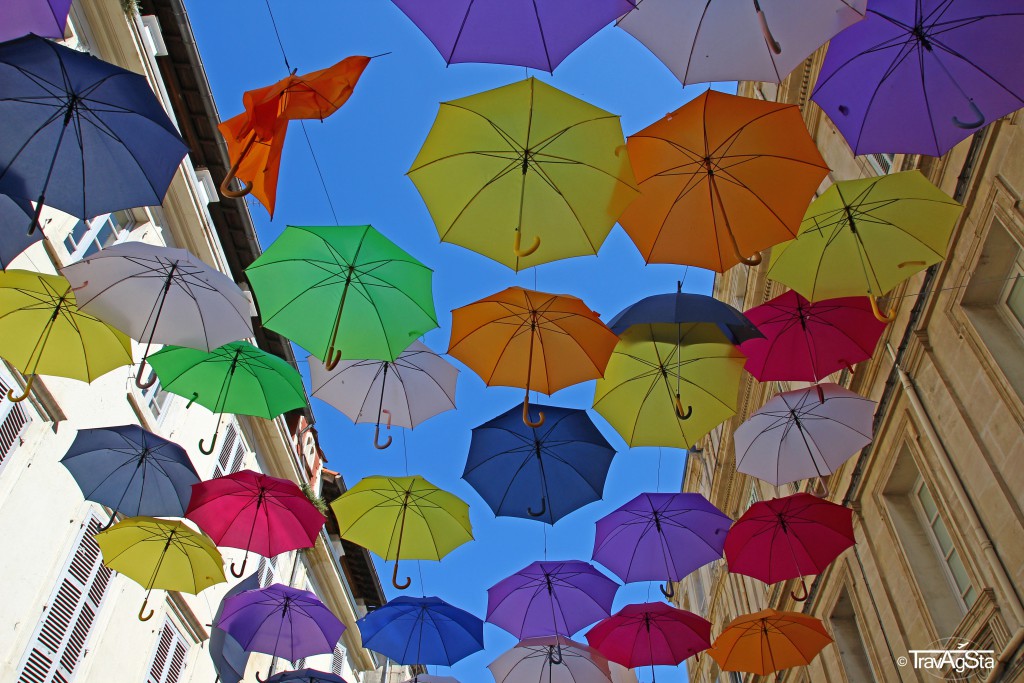
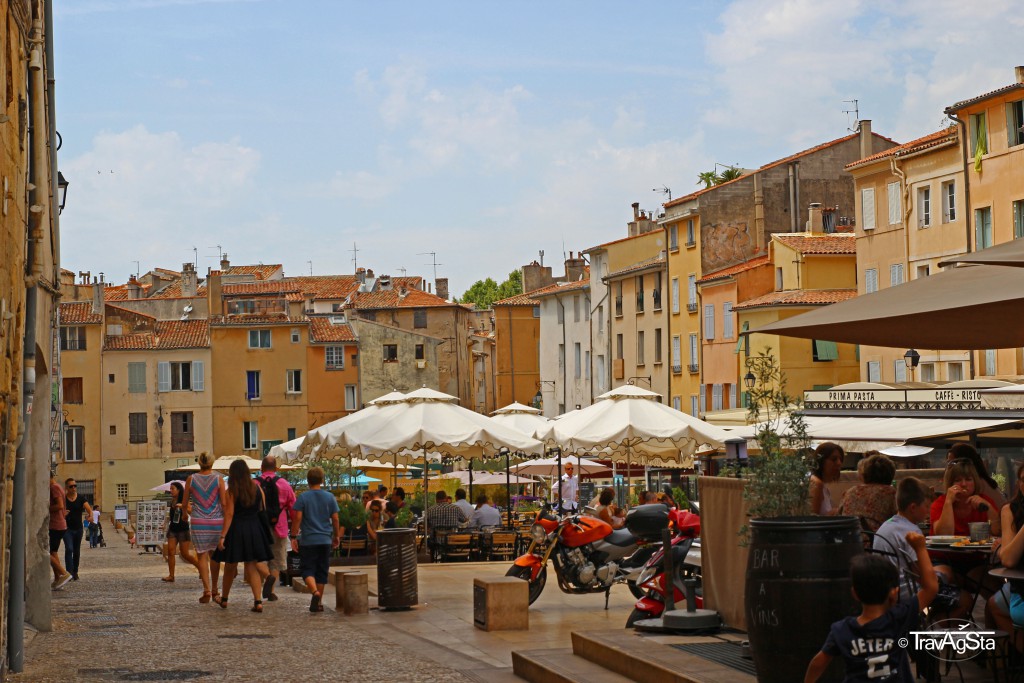
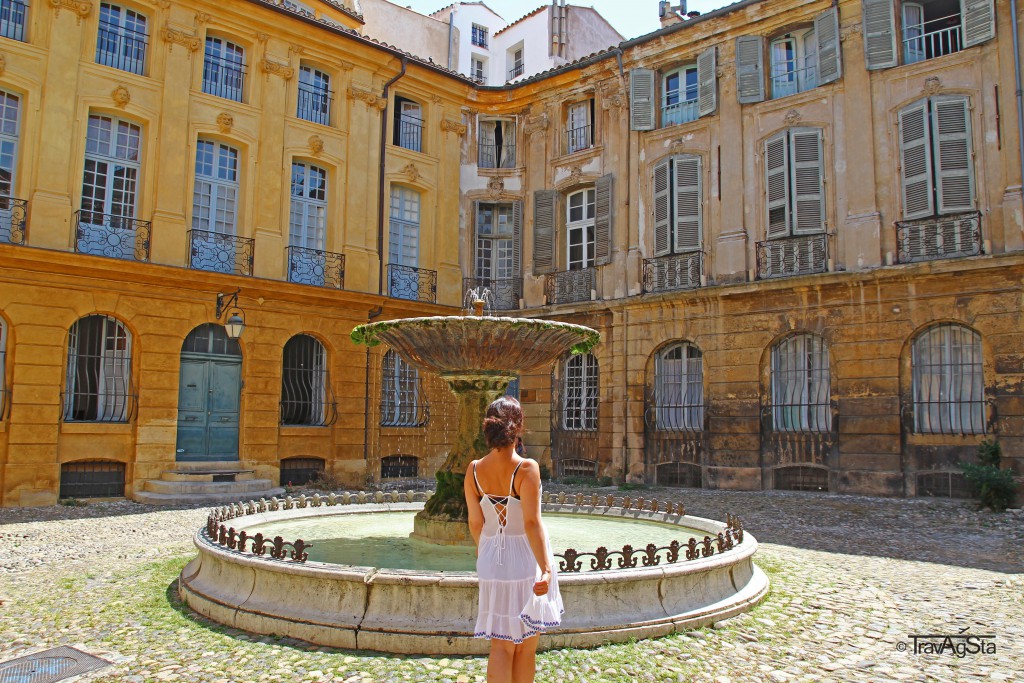
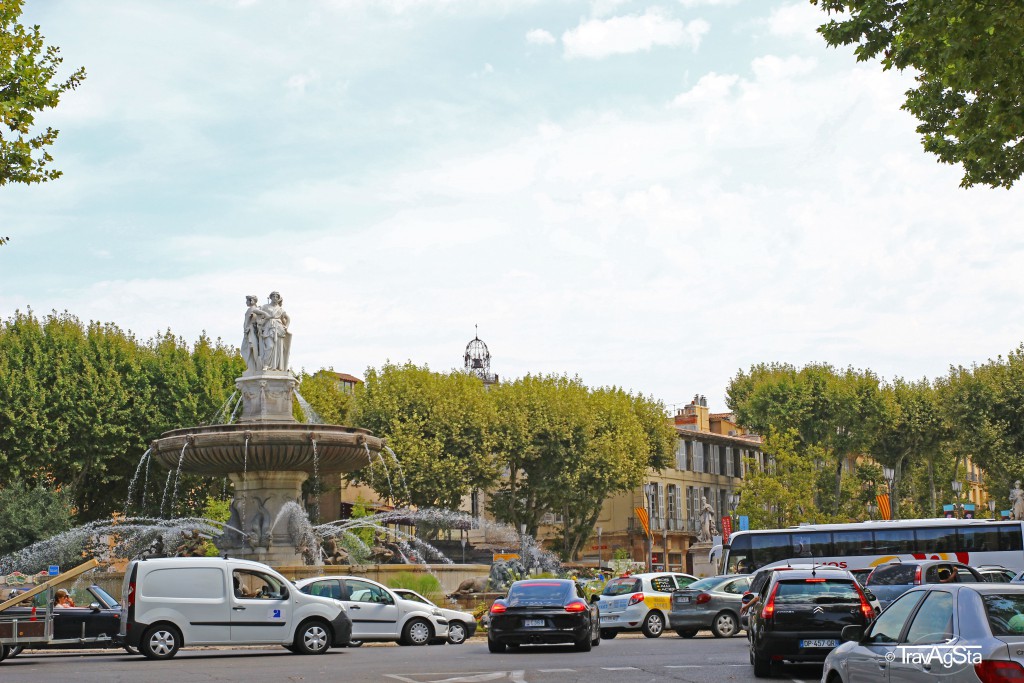
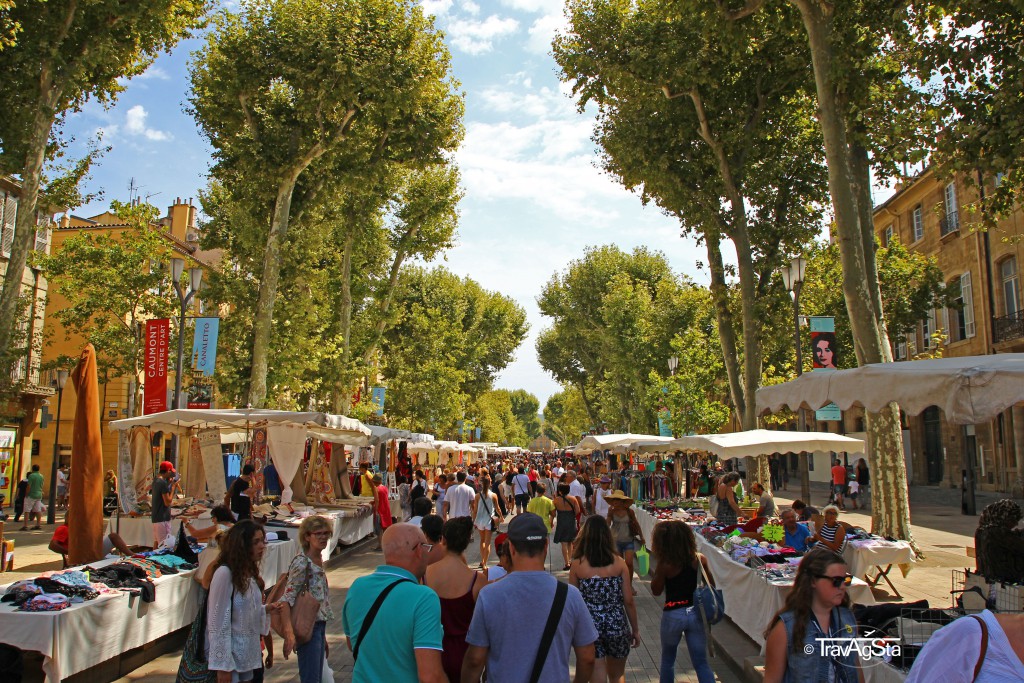
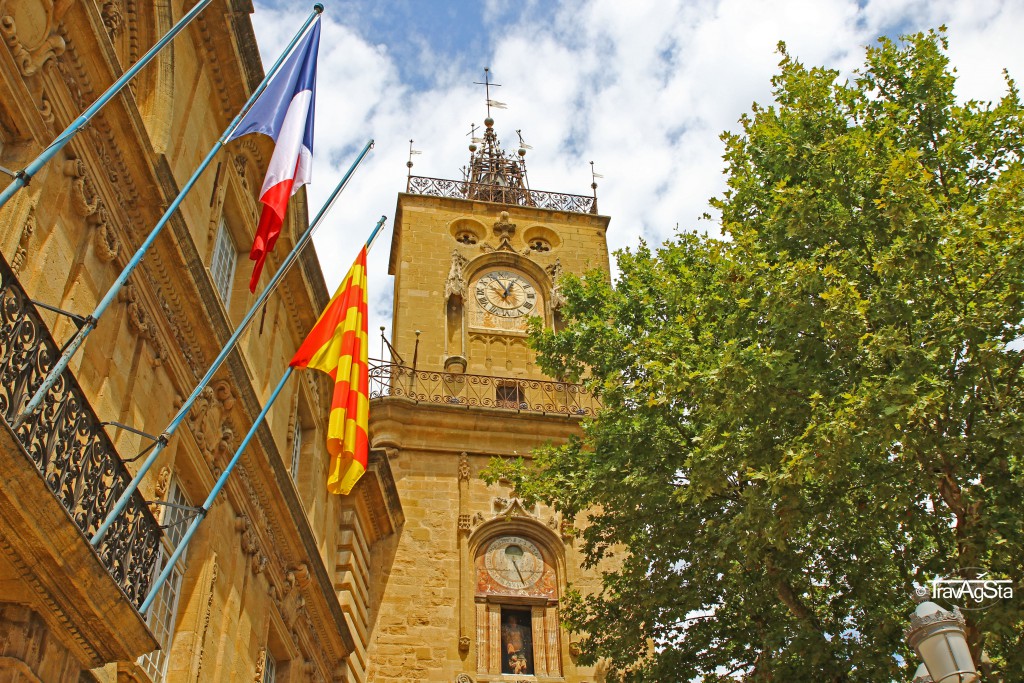
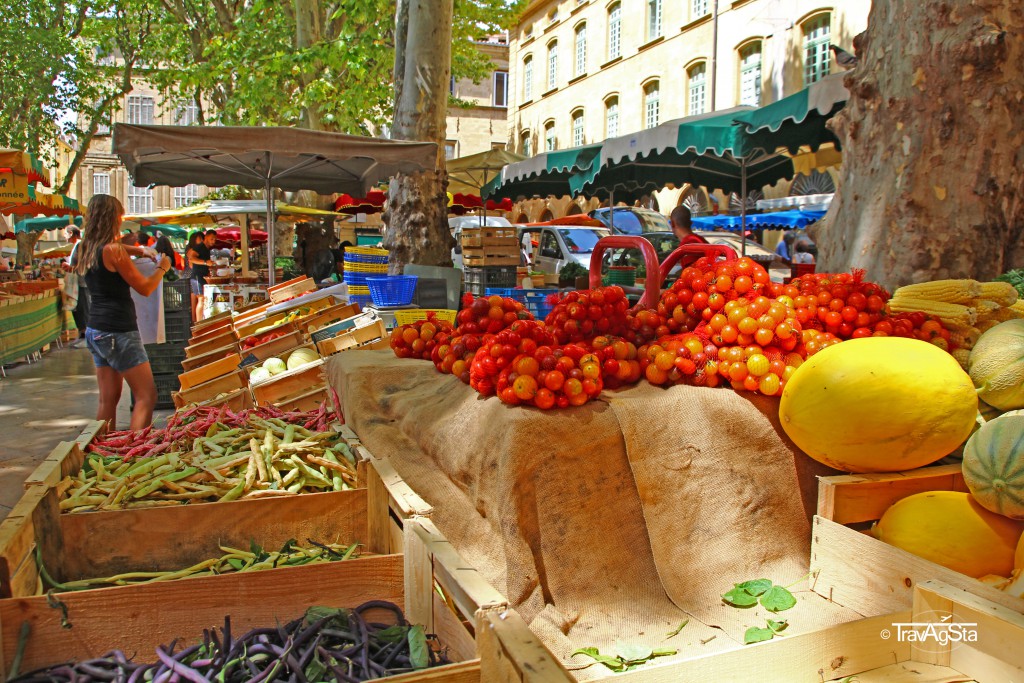
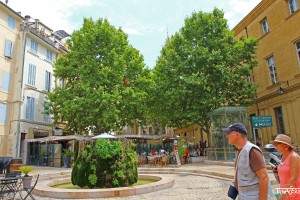
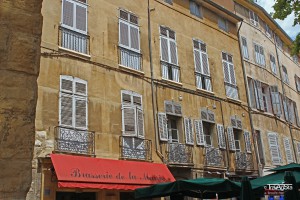
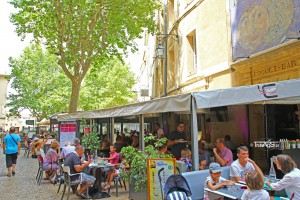
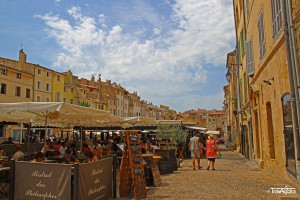
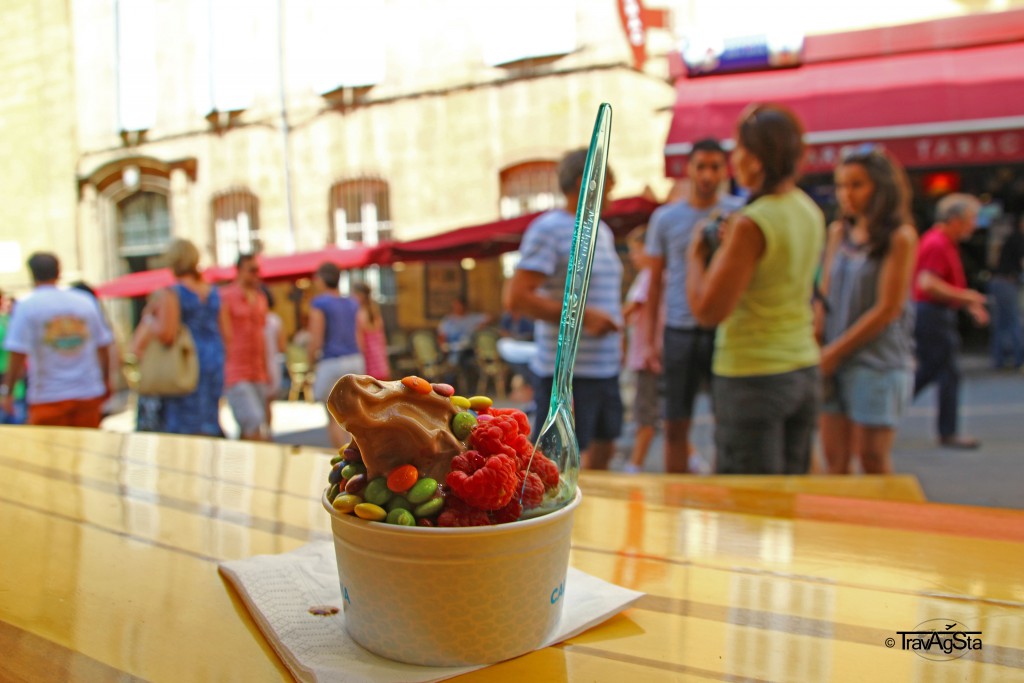
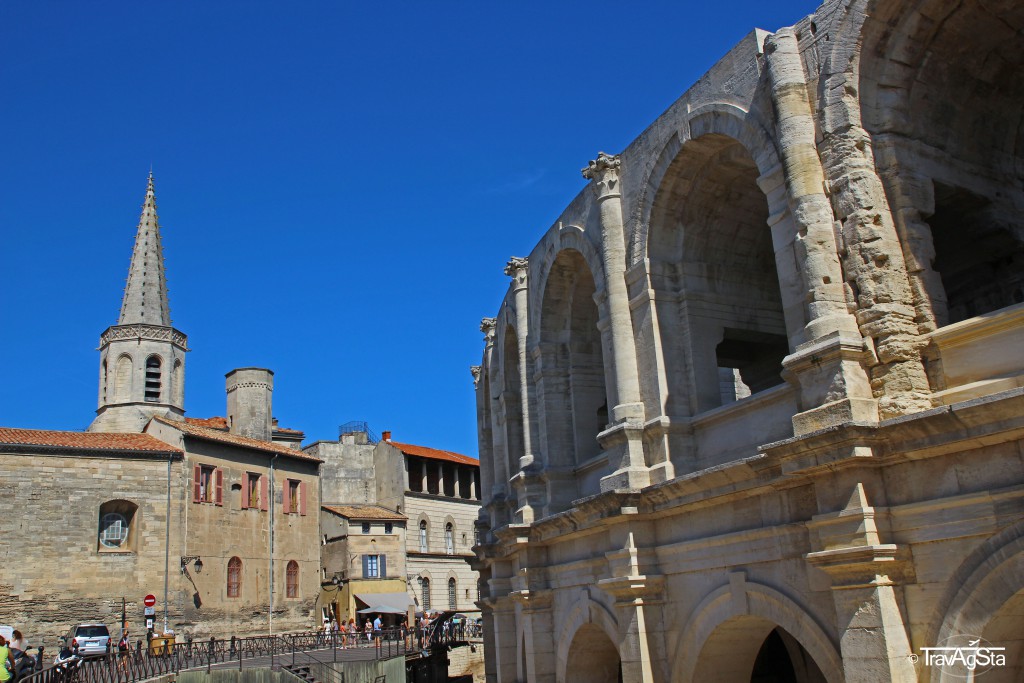
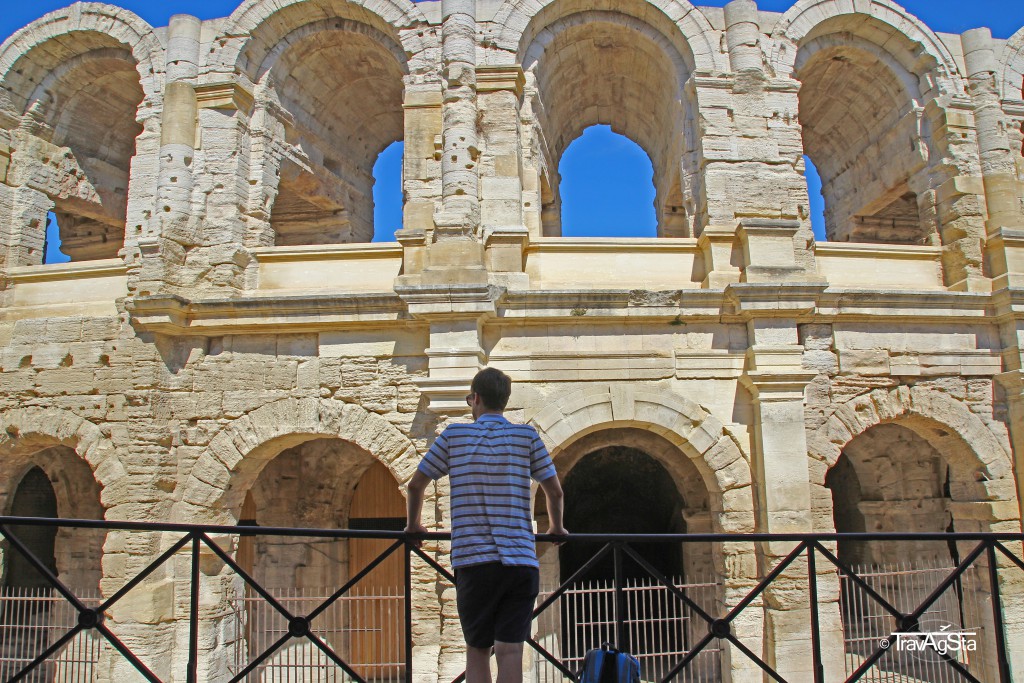
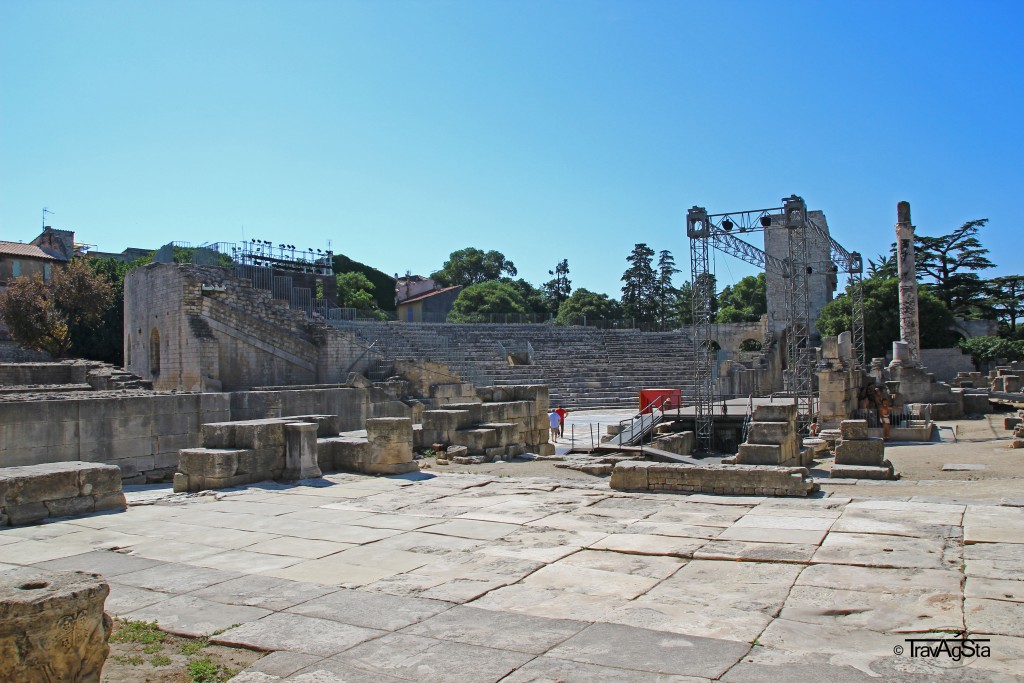
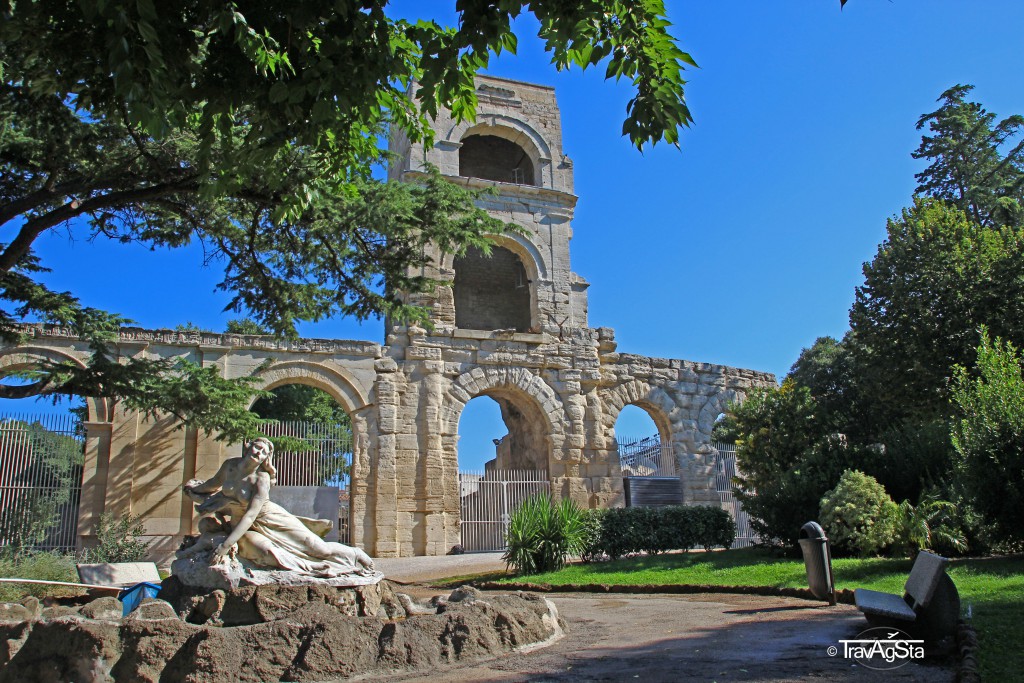
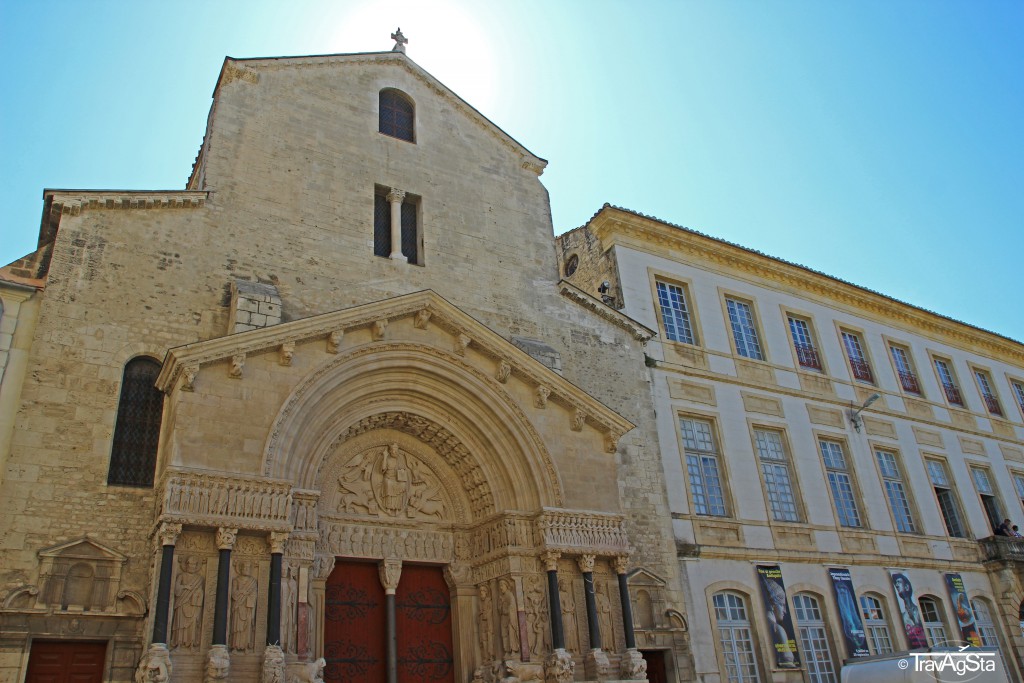
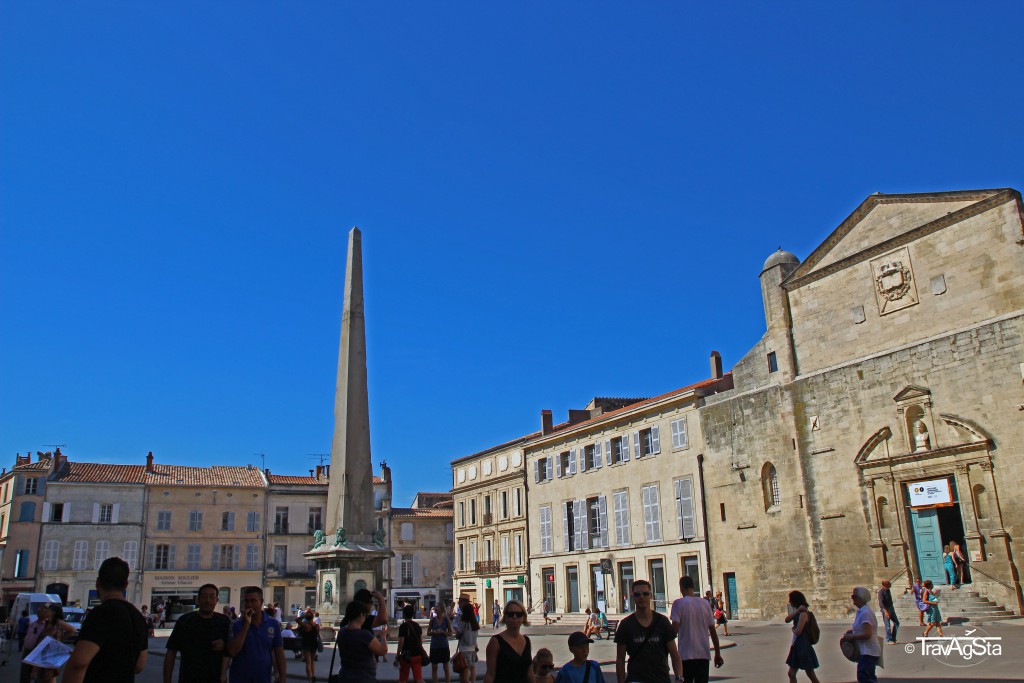
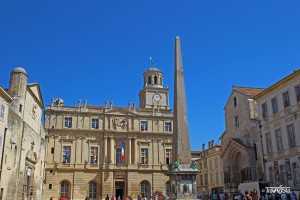
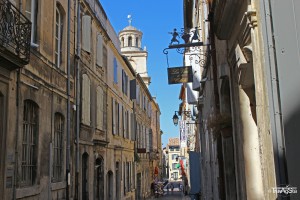
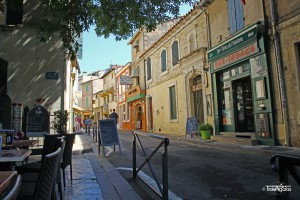
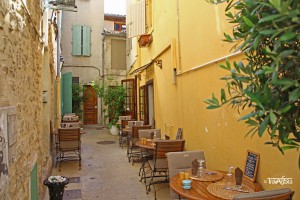
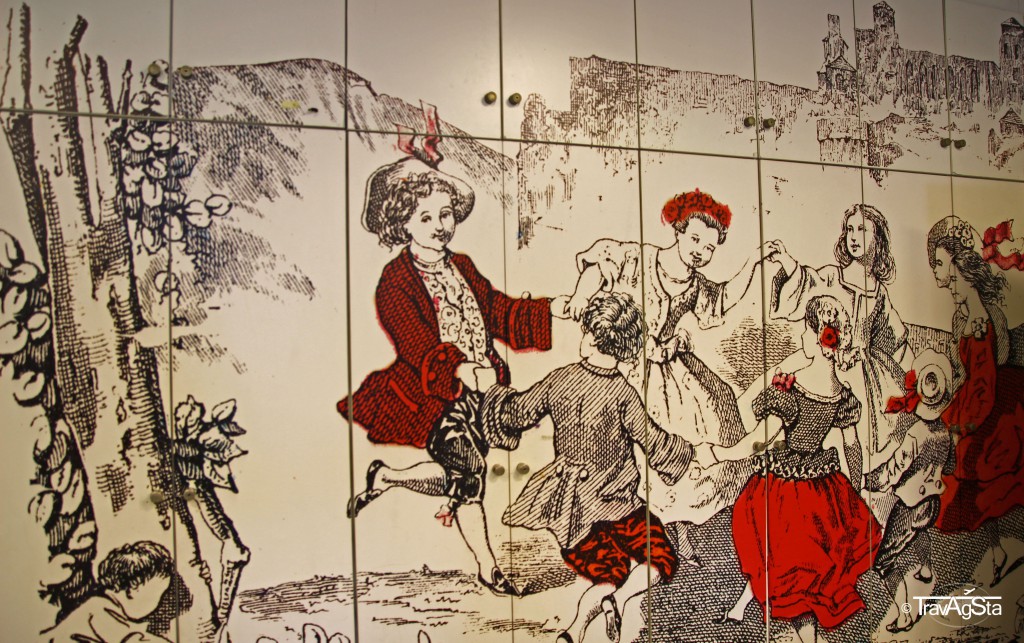
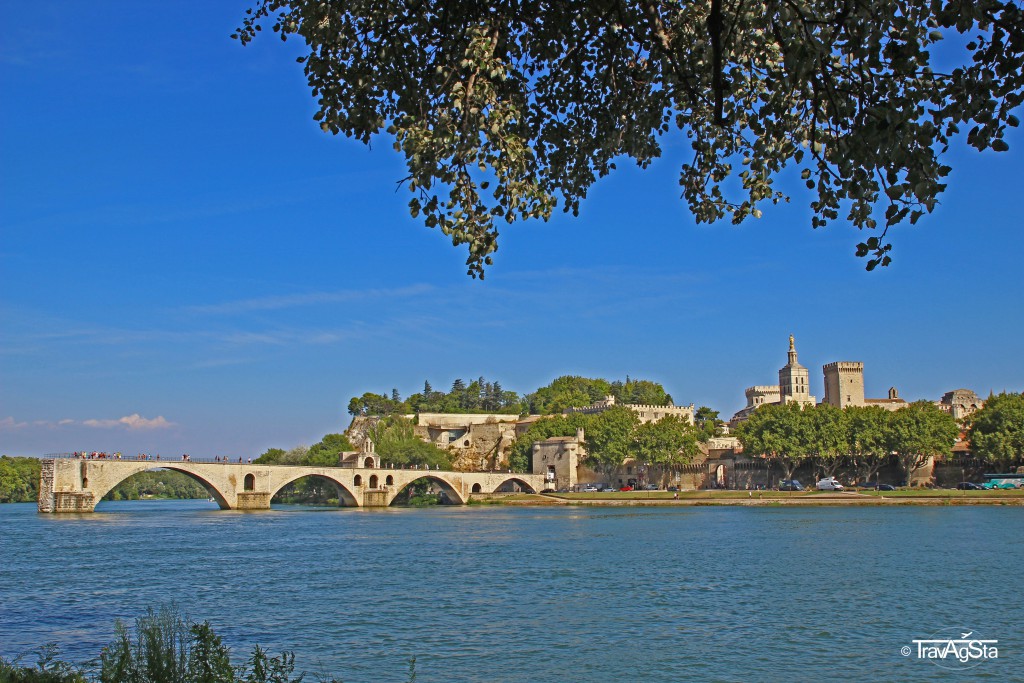
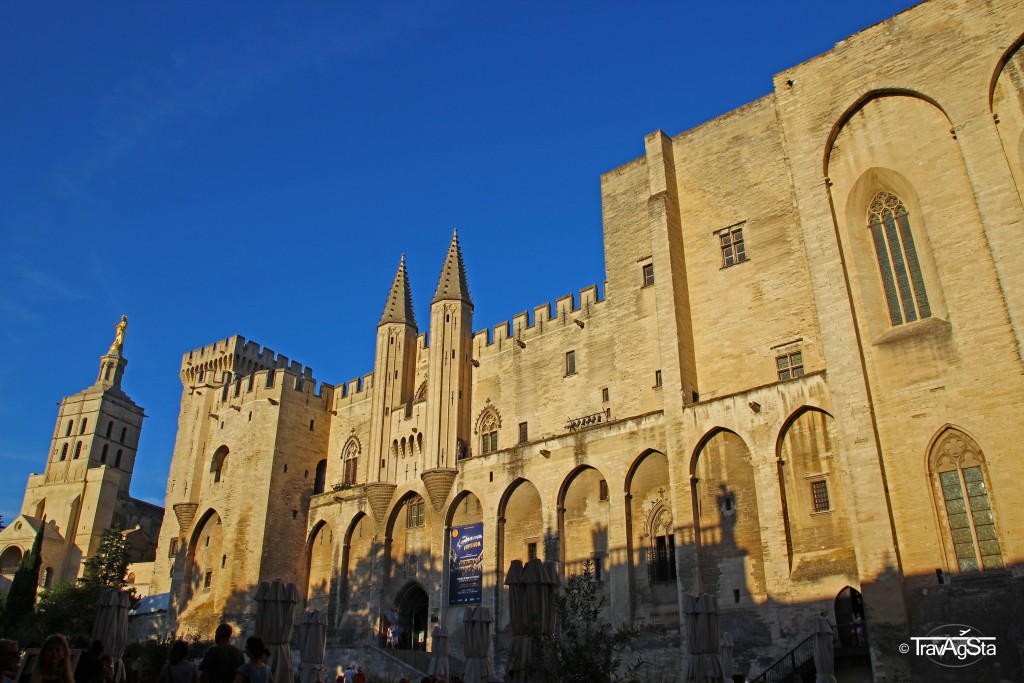
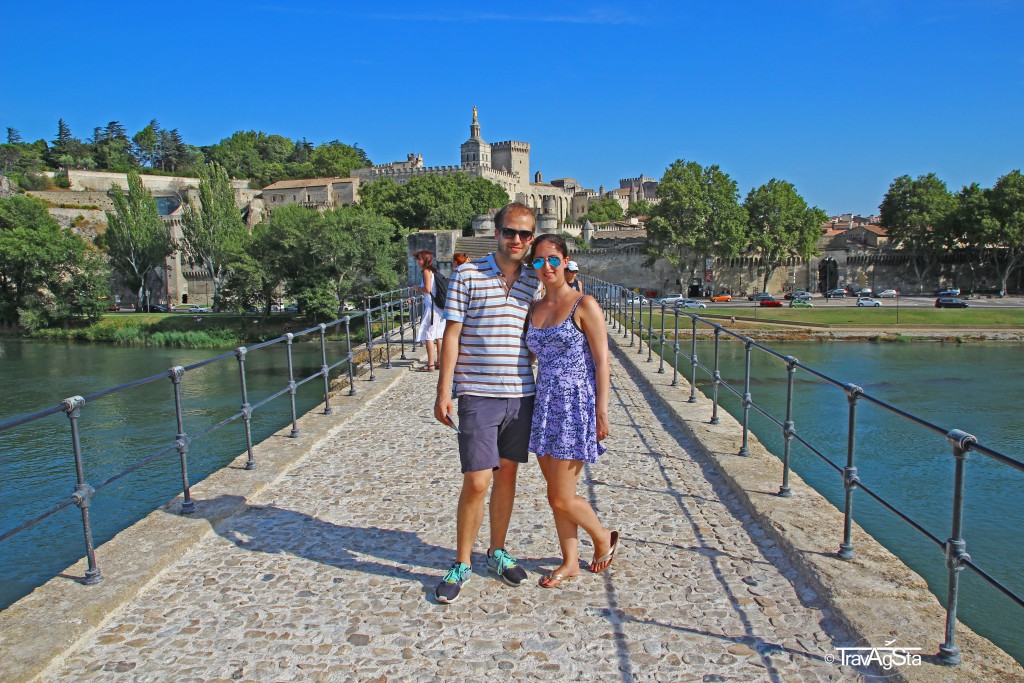
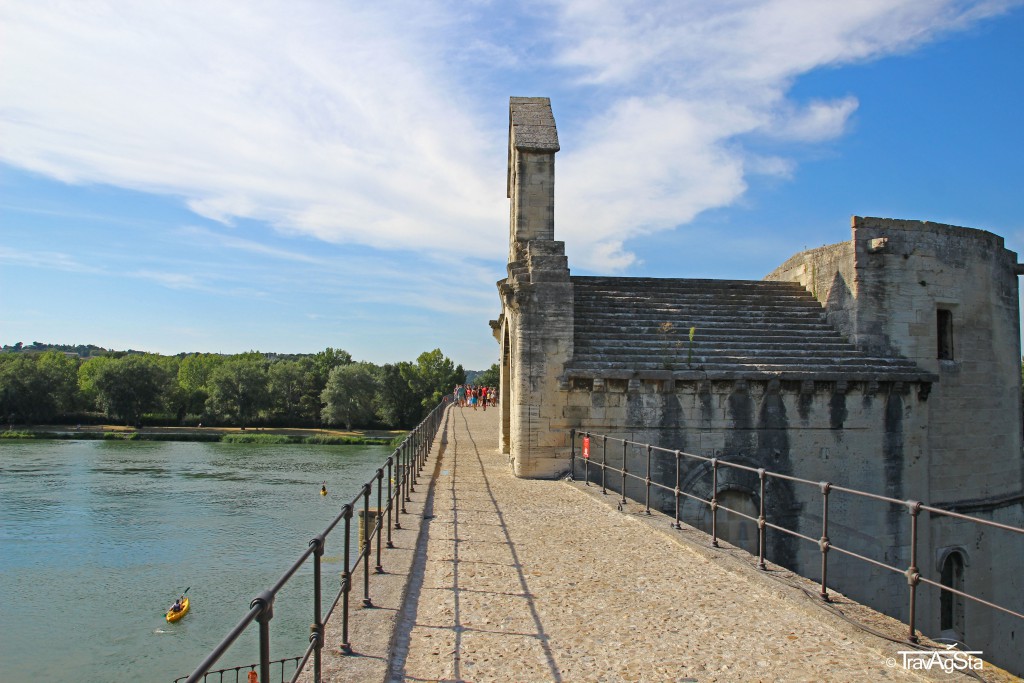
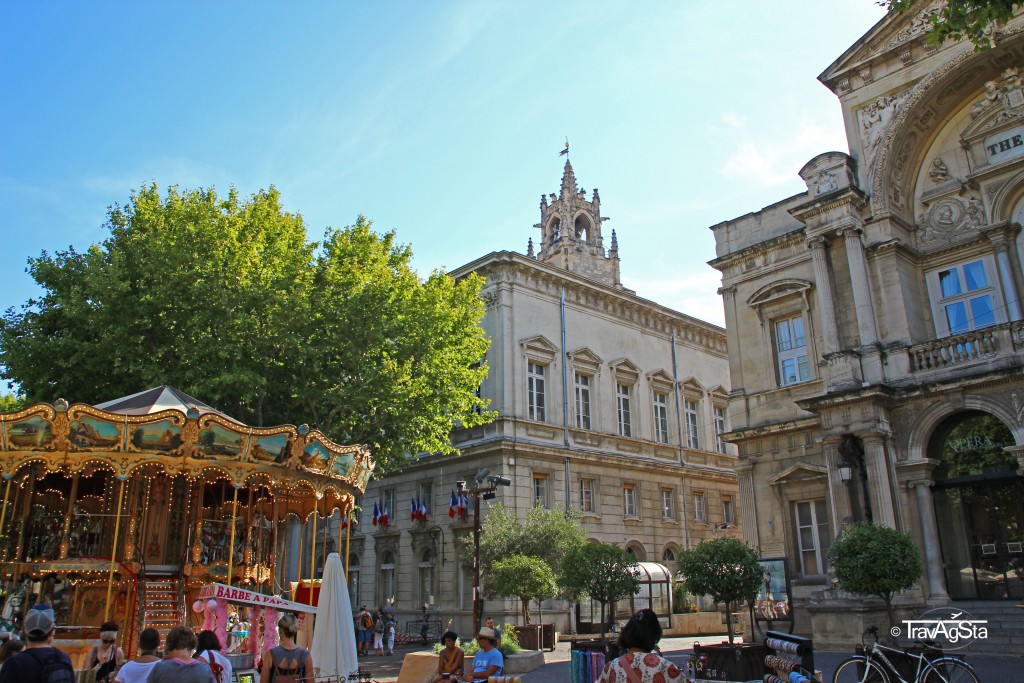
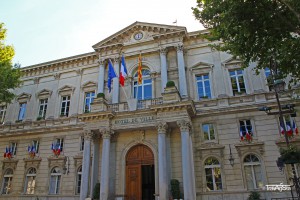
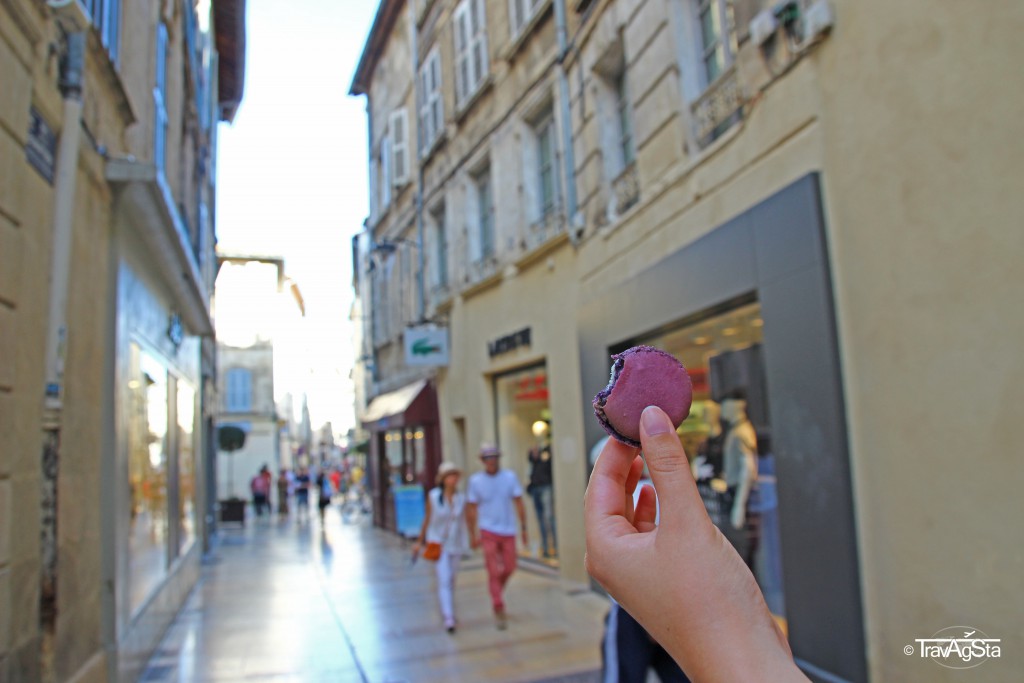
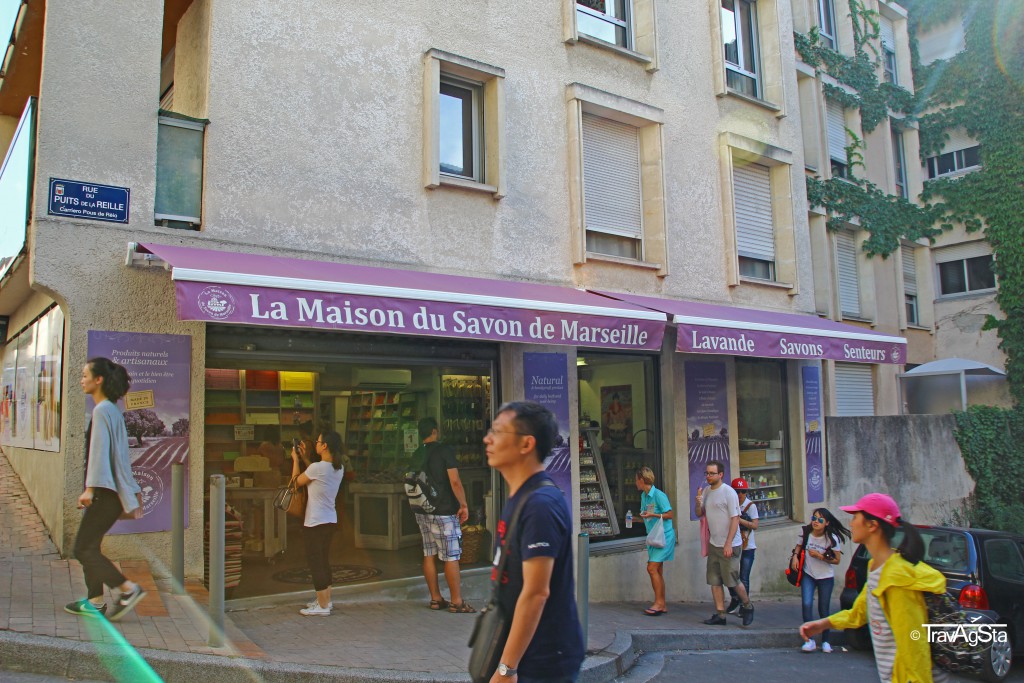
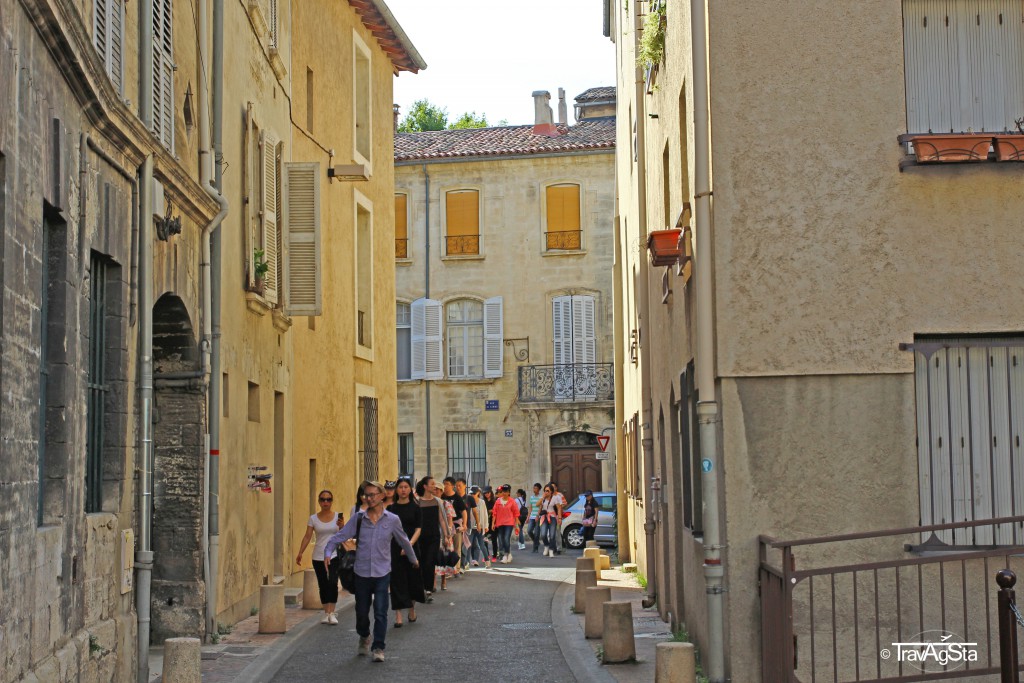
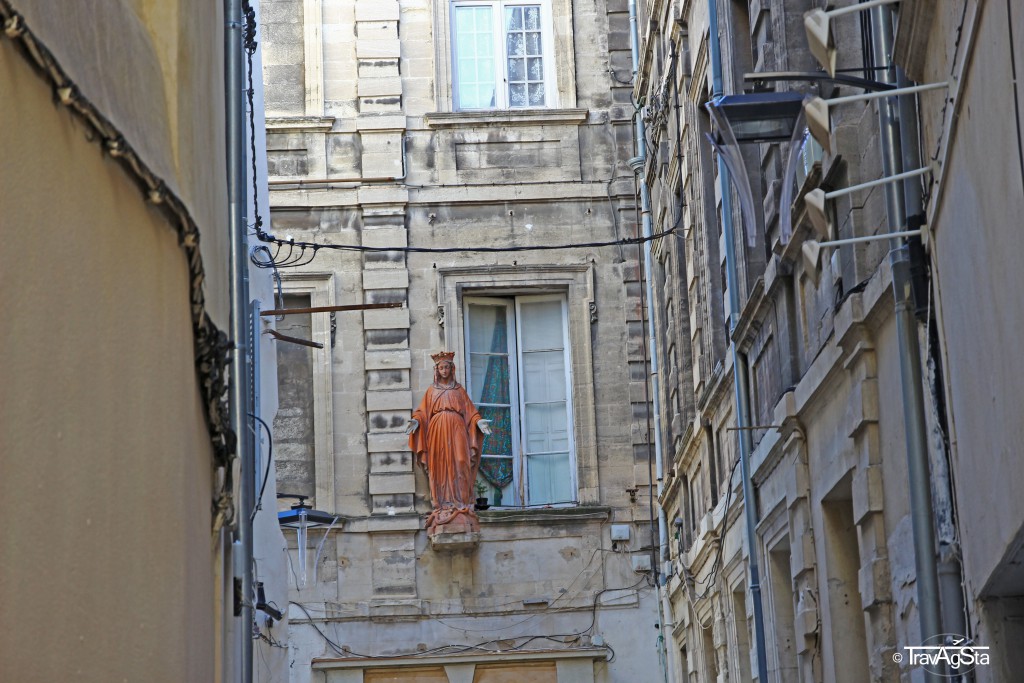
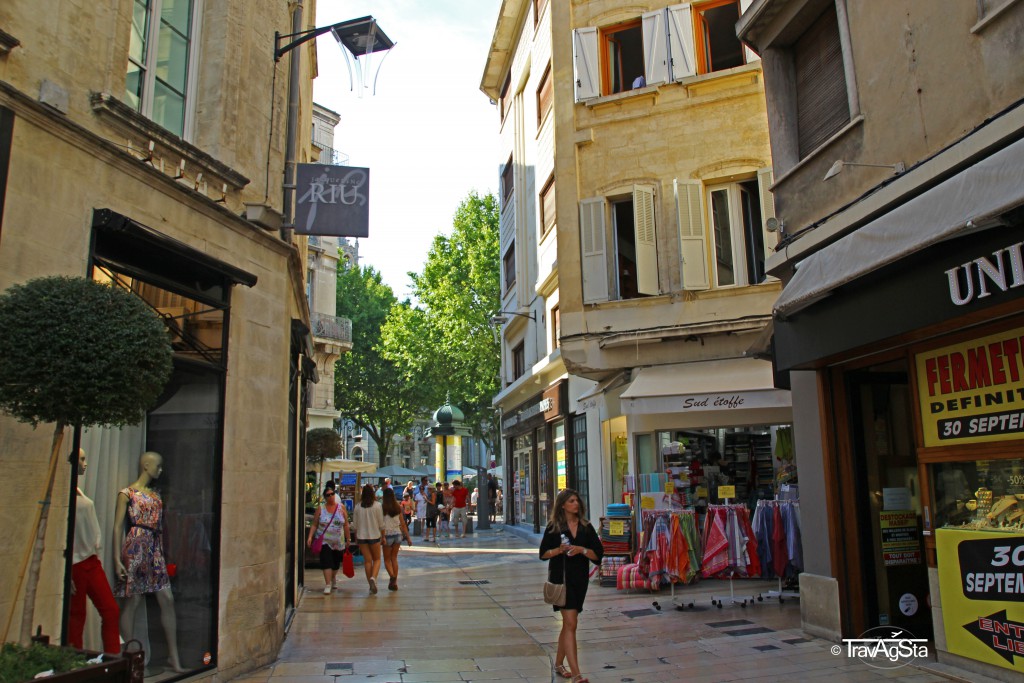
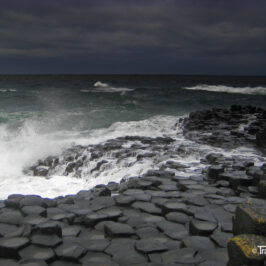
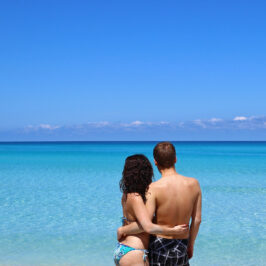
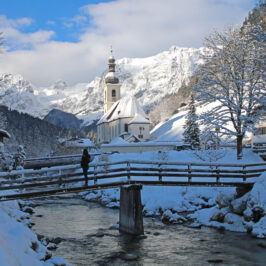
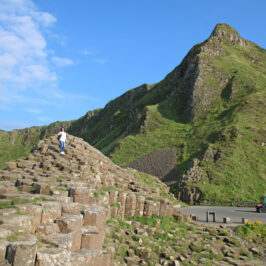
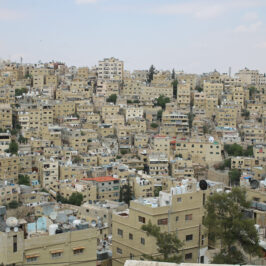

Leave a Reply